20 Unexpected Culprits Provoking Your Atopic Dermatitis Flare-Ups
Atopic dermatitis isn’t just a skin condition—it’s a relentless cycle of itching, inflammation, and frustration. Often beginning in early childhood, this form of eczema can persist into adulthood, flaring up at the worst possible times and in the most uncomfortable places: behind the knees, on the face, hands, ankles, and more. While treatments like topical creams, biologics, and wet wrap therapy can help manage symptoms, the real game-changer lies in identifying and avoiding your unique triggers. And here's the catch—many of them aren’t what you’d expect. From surprising allergens in your laundry to hidden stressors in your daily routine, flare-ups can be provoked by seemingly harmless factors. That’s why we’ve expanded our list to 20 Unexpected Culprits Provoking Your Atopic Dermatitis Flare-Ups—a revealing look at what might really be sabotaging your skin. If you've tried every cream and still can't find relief, the missing link could be on this list.
1. Perfume And Makeup

Patients with atopic dermatitis might experience a flare-up after applying certain types of perfume and makeup. These cosmetics typically contain dyes, parabens, and petroleum-based ingredients that could cause skin redness, irritation, and dryness. Fragrances can be particularly problematic for atopic dermatitis patients, as they can contain more than one hundred ingredients, many of which are not disclosed by the manufacturers. Fragrances cause between thirty to forty-five percent of the reported reactions to cosmetic products. To reduce the risk of a flare-up when using perfume, patients may want to consider purchasing a fragrance that contains as few ingredients as possible or one marketed towards individuals with sensitive skin. It can be helpful to spray perfume on clothing instead of spreading it directly onto the skin. Patients with atopic dermatitis should perform a patch test before using any fragrance. In terms of makeup, using organic products free from synthetic dyes and artificial preservatives may help. For example, some lipsticks and eyeshadows are now pigmented with fruit dyes, which could provide a safer alternative for atopic dermatitis.
2. Certain Fabrics
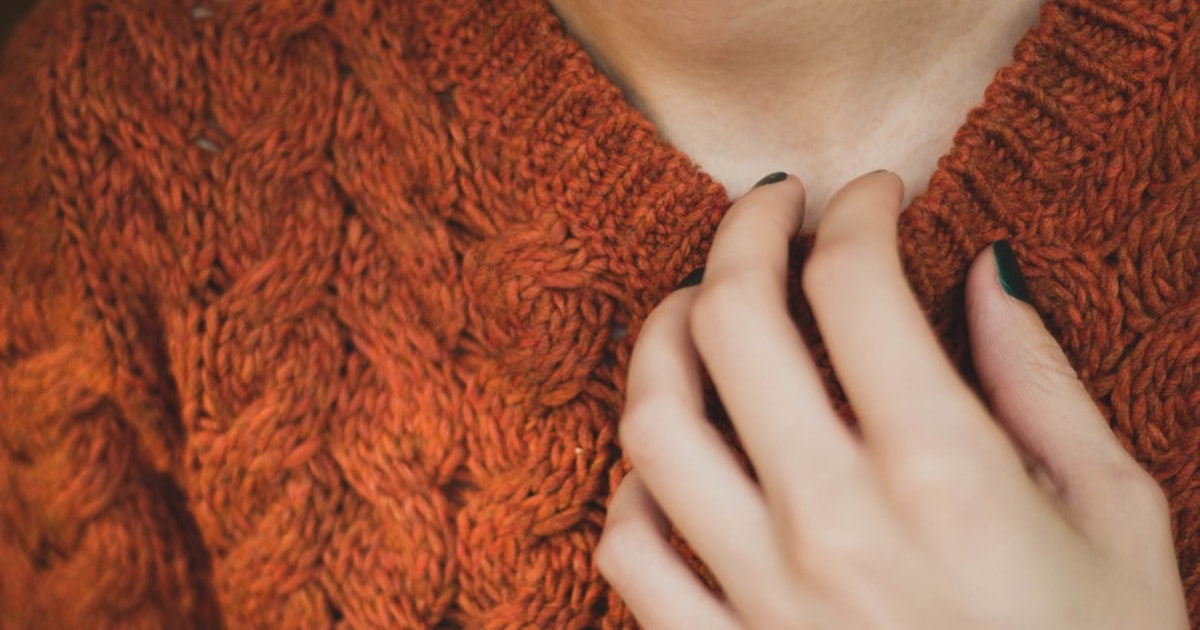
Since atopic dermatitis damages the skin's surface, patients with this condition may find they are more susceptible to irritation from certain fabrics used in clothing or bedding. For example, wearing itchy fabrics like wool can cause patients to begin scratching the skin, which could trigger a flare-up that includes open sores, skin weeping, and cracking. Patients may also be sensitive to other fabrics, including synthetic materials such as rayon, polyester, nylon, spandex, and acrylic. Thus, doctors suggest patients avoid these fabrics altogether. Since every patient is different, finding fabrics that do not irritate requires a bit of experimentation. Generally, materials such as cotton and silk are less likely to cause skin irritation for atopic dermatitis patients. However, some patients find cotton creates friction on their skin, and some cotton is dyed with a potentially irritating chemical. While silk is a natural fabric, it contains a sericin protein that could cause some allergies for patients who cannot tolerate sericin. A type of silk known as Dermasilk could be beneficial. Dermasilk is a loosely knitted fabric specifically treated to remove the sericin, and an antimicrobial agent is bonded to the material. Patients with this condition may want to keep a journal of fabrics they have tried, noting any irritation that occurs.
3. Some Soaps and Detergents

Some soaps and detergents may be incredibly irritating for patients with atopic dermatitis. Many soaps strip away the skin's natural oils, resulting in severe dryness. They may also contain chemicals such as formaldehyde, sulfates, and parabens, all of which could dry out the skin or cause itching and redness. When selecting soap for use in the bathtub, dermatologists recommend avoiding bubble baths, which may contain fragrance, and choosing a cleanser with colloidal oatmeal or other ingredients to help heal and protect the skin's surface. Some laundry detergents contain synthetic fragrances, and they could also have bleach and other cleaning agents that are very harsh on the skin. Ideally, patients with atopic dermatitis should choose a laundry detergent designed for sensitive skin, free of any fragrances or dyes. Liquid detergents leave less residue than powder detergents do, and liquid fabric softeners are recommended. Giving clothes a second rinse in the washer can help remove more of the residue detergents may leave behind, reducing the risk of irritation.
4. Stress

Although stress does not cause atopic dermatitis, patients with this condition could experience flare-ups during incredibly stressful times. For example, itching and redness may be worse when a patient is under stress. The process of treating the outbreaks with medication, bandages, and other treatments could be time-consuming and further increase a patient's anxiety, creating a vicious cycle. To reduce symptom severity during stressful periods, doctors recommend patients engage in stress management strategies. Reading a book, watching a movie, or chatting with friends could help distract patients from the itching and irritation they are experiencing. These activities could reduce the urge to scratch, giving the inflammation time to calm. Since itching is often worse at night, creating a nighttime routine for stress relief and healthy sleep could be beneficial. Patients may want to take a short bath, apply moisturizer and any prescribed medicated creams, and listen to soothing music in a dimly lit room for half an hour before going to bed.
5. Pollen
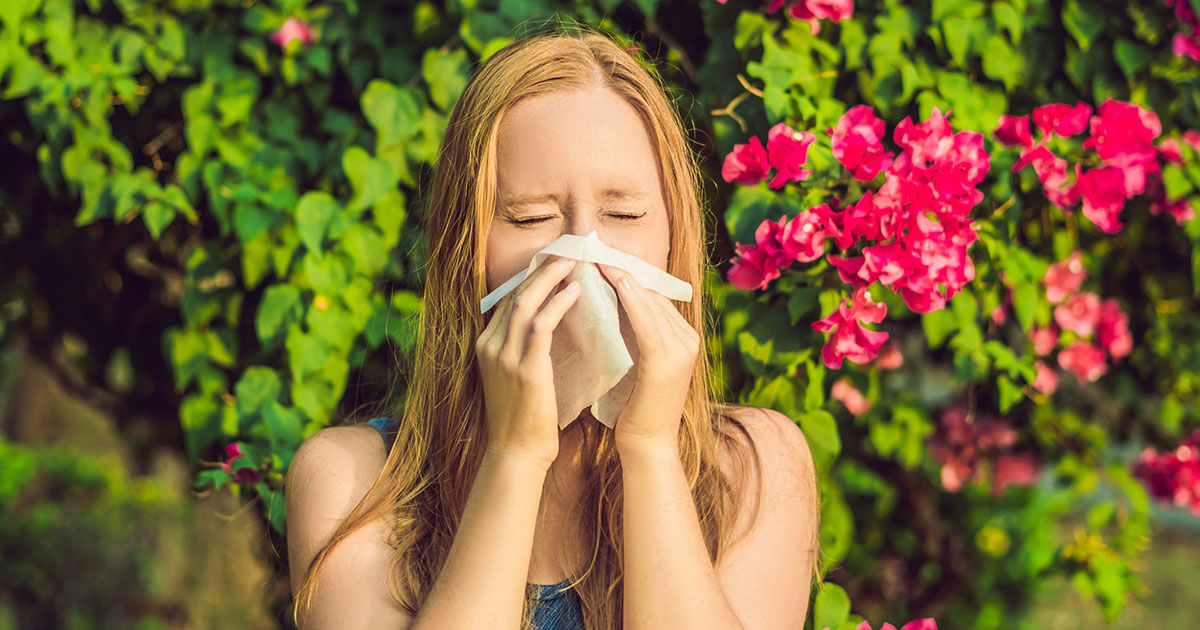
Many patients with atopic dermatitis also have allergies to pollen. More than fifty percent of children with atopic dermatitis will develop hay fever, an allergy to pollen and dust mites when they are thirteen years old. To cope with pollen allergies, patients with atopic dermatitis may want to consider having immunotherapy (either injections or pills) for their allergies. Using air conditioning in the home can reduce sweating and itching, and patients might want to shower and wash their hair in the evenings. Clothing that has been worn outdoors should not be brought into the patient's bedroom until it has been cleaned, and any equipment used outdoors should be stored in an outdoor shed or similar area.
6. Hot Water
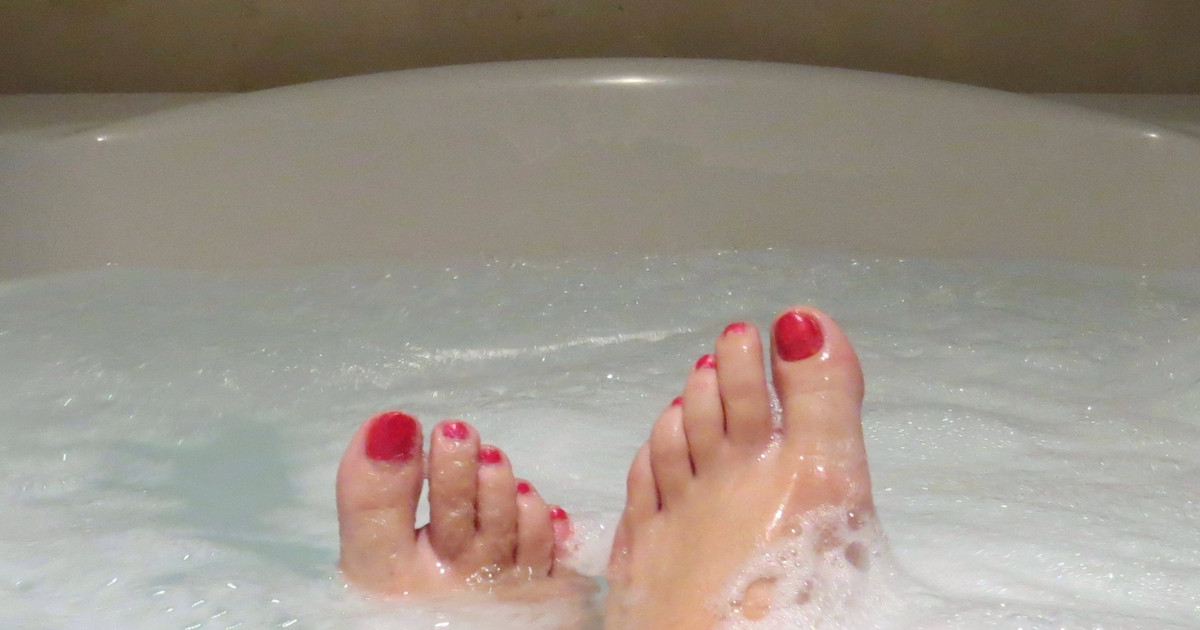
Hot water may be another enemy for those suffering from atopic dermatitis. Even though a hot bath can be relaxing, it can make the natural skin oils break down, especially if individuals include perfumed soaps or other beauty products in their daily routine. In addition, dermatologists and skin specialists claim that near scalding temperatures of water worsen eczema symptoms since it dries out the skin. If someone suffers from terrible dermatitis, they could try soaking their skin in cool or warm water for ten or fifteen minutes instead, followed by a hypoallergenic hydrating gel or cream to seal in moisture. They can incorporate after shower ointments, creams, or lotions, particularly those containing mostly natural ingredients or specifically targeted to sensitive skin. Everybody loves taking a hot steamy relaxing shower, but the best option is to keep the water at a reasonable temperature to protect the skin. Some suggest adding colloidal oatmeal products to the bathwater since it creates a layer that keeps irritants out.
7. Dust And Sand

Many experts claim that dust and sand can contribute to a dermatitis flare-up. These substances act as skin irritants or allergens and cause the skin to develop a rash, redness, inflammation, itchiness, or any symptom associated with the condition. At home, particularly in those dusty areas, it is recommended to use a humidifier. A humidifier's primary function is to prevent dryness by moisturizing the air, and it is not only suitable for skin dryness but also lips, nose, and throat discomfort. Another way of avoiding flare-ups is to keep all surfaces of common areas an individual inhabits clean and free of dust. Stuffed animals, cushions, and carpets may also accumulate dust, so they need to be washed often or avoided altogether. Even though sand can irritate an individual's skin, it also works as a natural exfoliant for dry, scaly skin. If individuals plan to go to the beach, they should try to keep their skin clean and moisturized at all times, mostly after swimming in salty water and being exposed to the sunlight. They should always protect their skin from sun rays by using sunscreen and covering the skin with ultraviolet blocking clothes. Individuals with sensitive skin can also develop an allergy to sunlight, so they should be extra careful with that as well.
8. Cleaning Supplies

The most common form of dermatitis associated with cleaning supplies and chemicals is contact dermatitis, though many also experience repeated atopic dermatitis. Most professional cleaners or people who have jobs where they often use detergents or harsh soaps may suffer from the condition. It is characterized by causing redness and swelling in the fingertips and scaling, itch, or fissured skin. Patients can prevent flare-ups by performing a patch test or biopsies on the rashes to determine the cause of the allergy or by wearing protective gloves while doing daily tasks that involved putting their hands in direct contact with irritants. The most common damaging agents are sodium hydroxide, chlorine, perchloroethylene, phthalates, and triclosan. The great majority of these are present in dishwashing detergents, spot removers, fragranced household products, and multipurpose cleaners. Most dermatologists will recommend using products that contain the least amount of potential allergens.
9. Food Allergens

Specific food allergens may lead to an exacerbation of symptoms in patients with allergic and atopic dermatitis. The most common culprits are eggs, peanuts, wheat, milk, soy, and fish, but there are many more. The best way of improving flare-ups is by avoiding specific dietary allergens. However, parents should not stop giving them foods that might be suspected of causing eczema when it comes to children. Instead, they need to talk to a pediatrician or dermatologist first to help them find safe alternatives and create well-rounded dietary plans. Some of the atopic dermatitis symptoms caused by a food allergen are the formation of tiny bumps that can ooze and crust over increased redness, dryness, swelling, and itching that tends to worsen at night. Bear in mind that these symptoms may appear immediately after eating an offending food or even many days later.
10. Overheating During Exercise

Perspiration is a natural defense mechanism our body has to reduce its overall temperature. However, since human sweat contains traces of cadmium, copper, zinc, iron, nickel, lead, manganese, chloride, and sodium, it can worsen a patient's atopic dermatitis. This is particularly the case in certain areas, such as inside of the elbows, around the neck, or in the back of the knees, where moisture tends to accumulate the most. Temperature itself can be another irritant. Consequently, when exercising, individuals should try wearing loose one hundred percent cotton clothes. After the exercise routine, they should shower or rinse off with fresh water and change their outfit. They should always remember to carry an extra bottle of water to the gym, one to rinse the sweat off and the other one to rehydrate after sweating excessively.
11. Hard Water
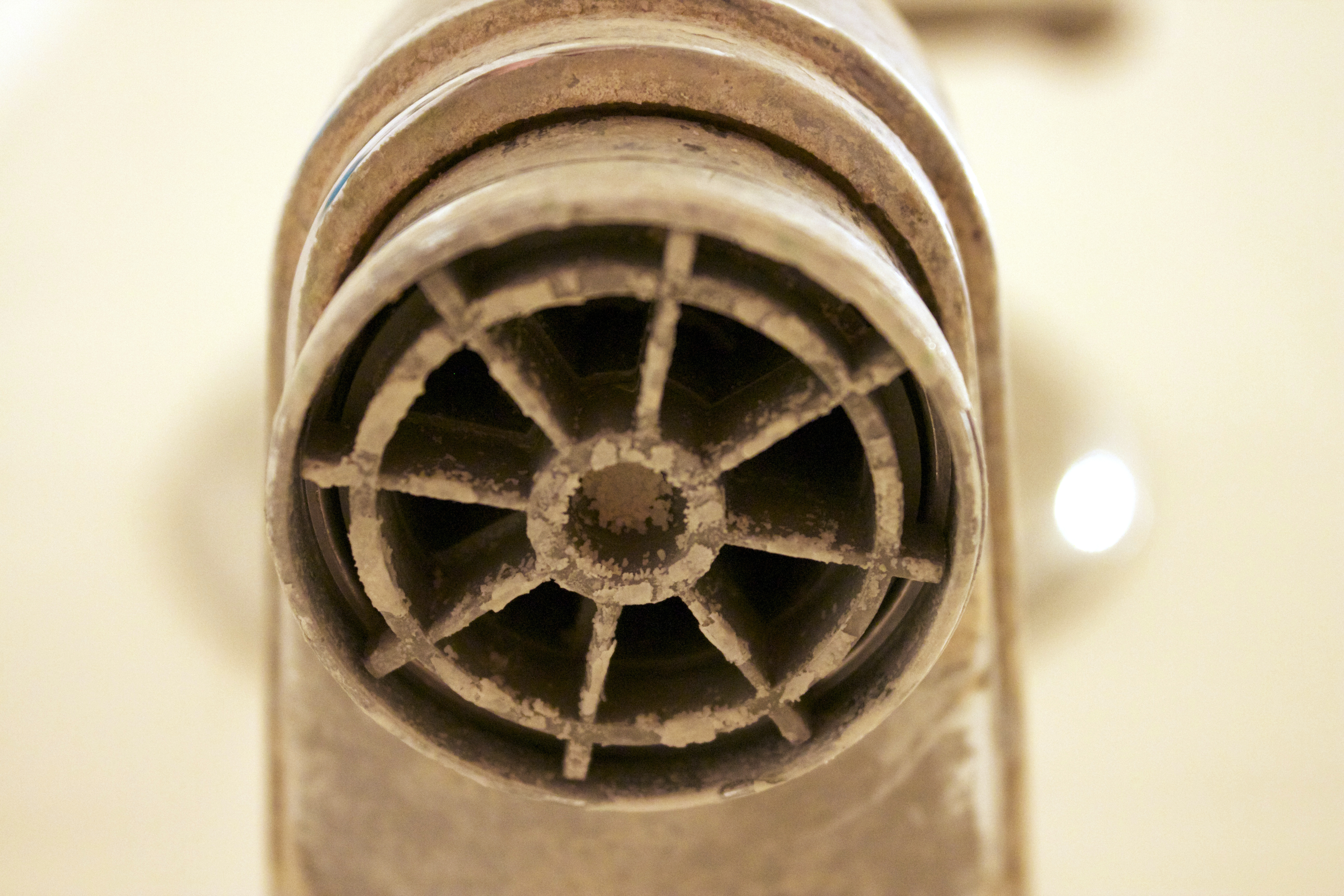
It’s not just what's in your soap—what’s in your tap water could be a hidden culprit. Hard water, rich in calcium and magnesium, can strip the skin of natural oils and leave a residue that irritates already-sensitive skin. For those with atopic dermatitis, this means drier skin, more itchiness, and increased flare-ups after every shower or bath. Studies show children in hard water regions are more likely to develop eczema. Consider installing a water softener at home or using a gentle, pH-balanced cleanser immediately after bathing. Even switching to bottled water for face washing can make a noticeable difference.
12. Emotional Highs (Not Just Lows)

We often link stress and anxiety to skin flare-ups—but emotional highs can be just as triggering. Big moments like weddings, holidays, or surprise celebrations elevate adrenaline and cortisol levels, potentially disrupting immune function and skin balance. The excitement may feel great, but the physiological response can lead to itching, dryness, or hives hours later. To mitigate this, patients with atopic dermatitis should maintain consistent skincare routines during high-energy events and consider using soothing techniques—like deep breathing or short breaks—to stabilize their system. Joy shouldn't come with a rash, but for many, the link is real.
13. Nail Polish and Removers
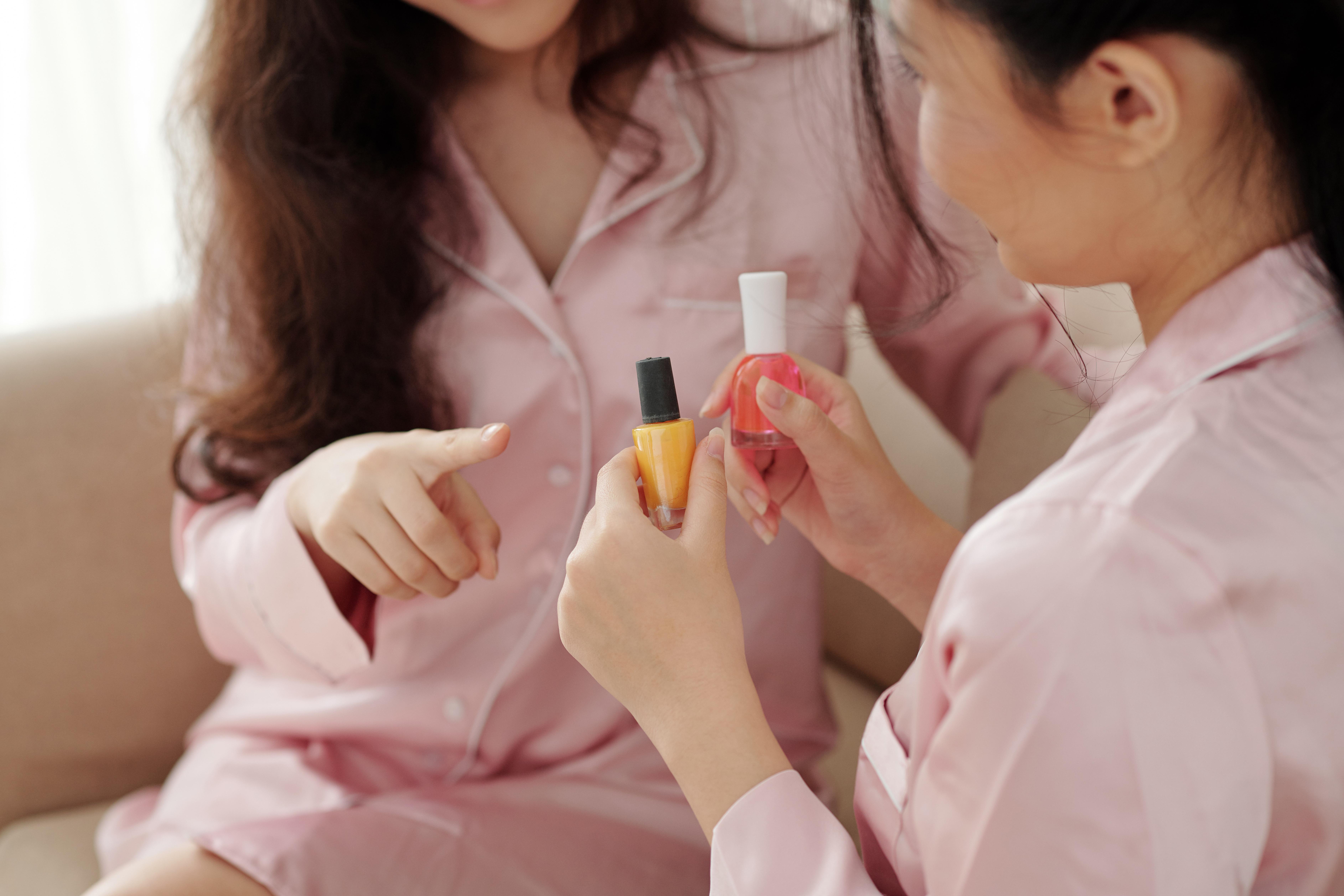
You might think your atopic dermatitis only flares on your arms or face, but your manicure could be the real offender. Many nail polishes contain formaldehyde, toluene, and dibutyl phthalate—all known skin irritants. Add to that harsh acetone-based removers, and you’ve got a recipe for flare-ups around the nails, face, or anywhere hands frequently touch. Even "non-toxic" formulas can provoke reactions. Look for hypoallergenic nail products, or better yet, take breaks between manicures to let your skin breathe. If flare-ups tend to follow spa days, this under-the-radar trigger could be the one you’re overlooking.
14. Cold, Dry Air
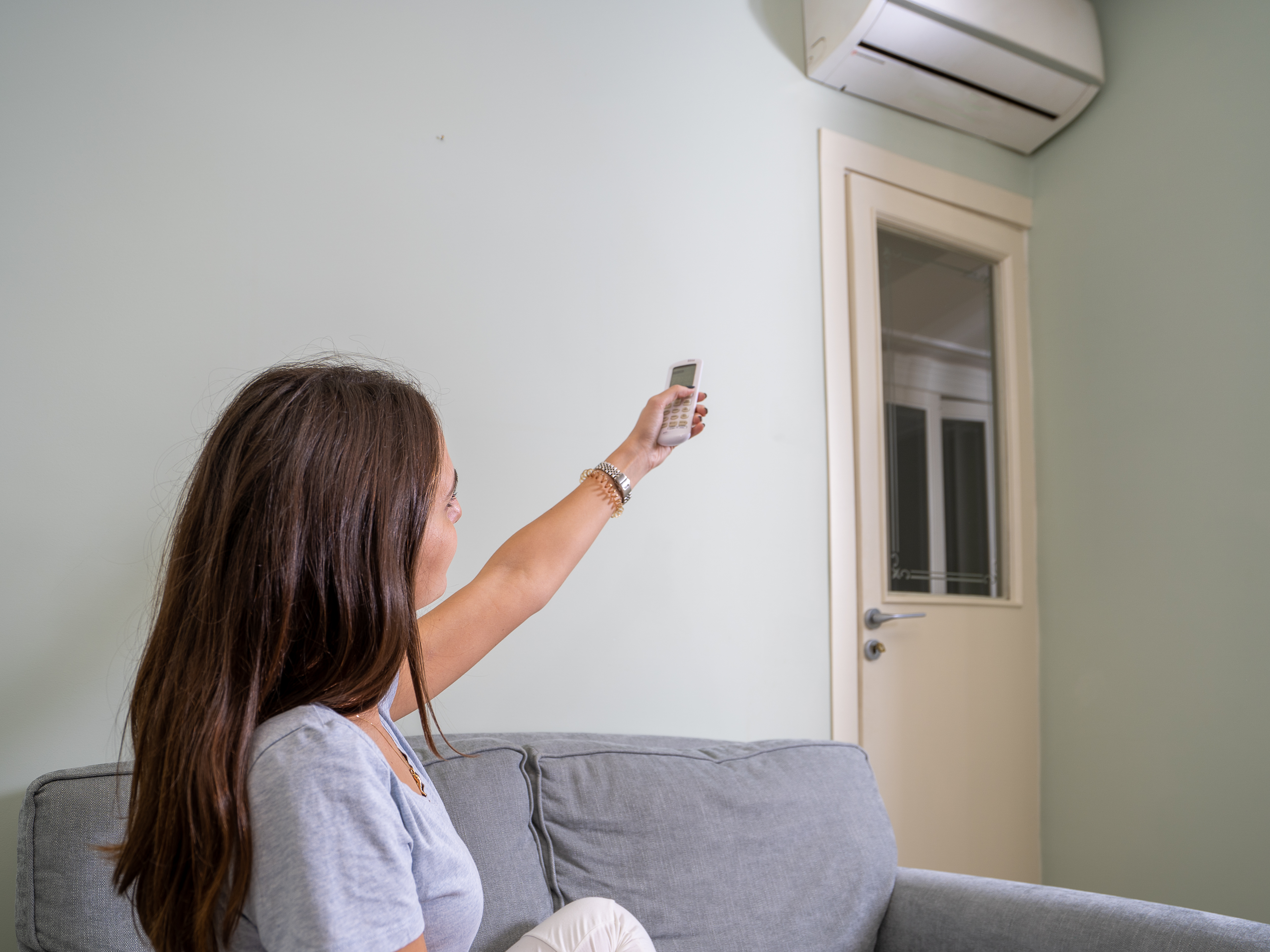
While heat and sweat get a lot of attention, cold air deserves its share of the blame. Winter air is drier, and indoor heating makes it worse—pulling moisture out of your skin and worsening inflammation. For many with atopic dermatitis, flare-ups peak during cold months. The solution? Use a humidifier in your bedroom, avoid overly hot showers, and double down on rich, emollient moisturizers. Layering your skincare (like adding a barrier cream over a lotion) can help lock in moisture. And remember: lip balm isn’t just for your lips—dry eyelids and cheeks may need a similar seal.
15. Essential Oils
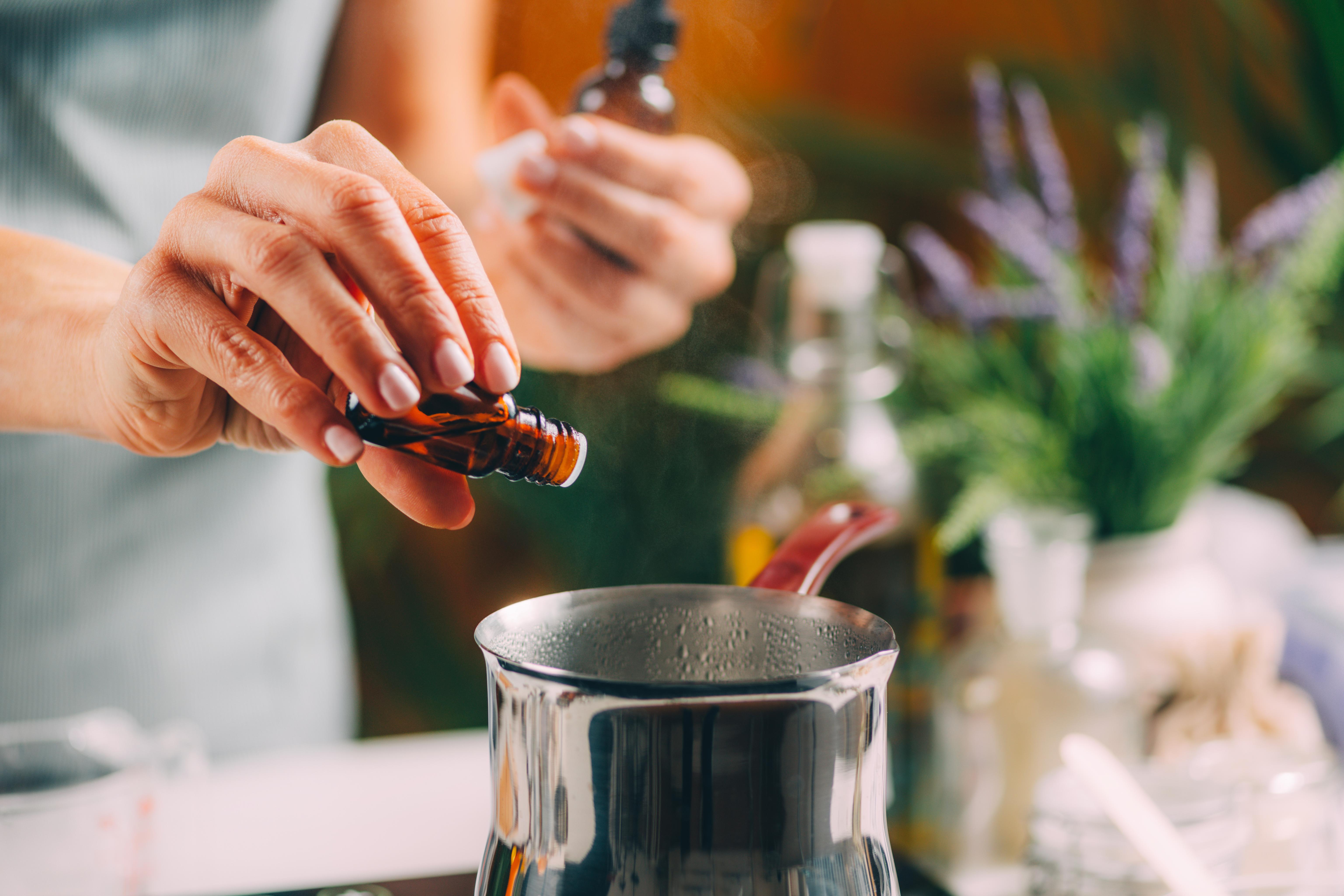
Essential oils may smell soothing, but for those with atopic dermatitis, they can be a silent saboteur. Popular oils like lavender, tea tree, and citrus are highly concentrated and contain compounds that can irritate or even burn sensitive skin. Ironically, many are found in “natural” skincare labeled for sensitive users. Even if you don’t apply them directly to the skin, diffusion in the air can cause respiratory or dermal reactions. If you suspect oils are a trigger, eliminate them from your environment and look for fragrance-free alternatives. Just because it’s natural doesn’t mean it’s gentle—for eczema-prone skin, less is more.
16. Hormonal Shifts

Your skin might be more in tune with your hormones than you think. Menstrual cycles, pregnancy, menopause, or even starting/stopping birth control can cause flare-ups due to fluctuations in estrogen and progesterone. For women with atopic dermatitis, the week before menstruation often brings dry, inflamed patches. Hormonal changes affect skin barrier function, immune response, and inflammation—all key players in eczema. While you can't avoid these shifts, you can prepare for them: hydrate more, reduce irritant exposure, and be proactive with emollients. If your flare-ups seem cyclical, a hormonal pattern might be the hidden link.
17. Saliva and Drool

It might sound strange, but for infants and even some adults, saliva is a surprisingly common irritant. Babies with atopic dermatitis often flare around the mouth, chin, or cheeks because of constant drooling. Saliva contains enzymes meant to break down food—but when left on the skin, it can also break down the skin barrier. Even pacifiers and thumb-sucking contribute. For adults, nighttime drooling during deep sleep can have a similar effect. Barrier creams, gentle face wipes, and regularly patting (not rubbing) skin dry can help. Keeping the area clean and protected is key—even from your own spit.
18. Friction from Masks and Glasses

Post-pandemic, face masks and glasses have become everyday essentials—but they come with friction. Constant rubbing on the bridge of the nose, ears, or cheeks can irritate sensitive skin and trap moisture, bacteria, or allergens. For people with atopic dermatitis, this repeated contact can trigger inflammation or even infection. Consider switching to silk-lined masks, adjusting fit for reduced rubbing, and applying a light barrier cream before wearing. For glasses, make sure they’re properly fitted and cleaned regularly—dirt and residue can add to the irritation. What protects your health shouldn’t compromise your skin—some small tweaks go a long way.
19. Nighttime Temperature Swings

Ever wake up itchy at 3 a.m.? It might not be your skincare—it could be your thermostat. When room temperature drops suddenly at night or when your bedding traps too much heat, your skin reacts. The body’s natural overnight cooling process can already dry the skin, and fluctuating room conditions only make things worse. Try using breathable cotton bedding, keeping your bedroom between 60–67°F, and layering blankets instead of using one heavy quilt. Some patients even benefit from cooling mattress pads. A consistent, skin-friendly sleep environment can mean fewer disruptions—and fewer scratchy wake-ups.
20. Over-Moisturizing

Yes, there can be too much of a good thing. Constantly layering on thick creams or oils—especially ones with occlusive ingredients like petrolatum—can trap sweat, bacteria, or allergens against the skin, leading to blocked pores and irritation. Over time, this might actually compromise the skin barrier instead of strengthening it. Dermatologists recommend moisturizing right after bathing and then only as needed, focusing on dry patches rather than slathering every inch. If your skin suddenly feels greasy, bumpy, or more inflamed after what seems like extra care, it might be time to simplify your routine instead of adding more to it.
Atopic dermatitis can feel like a puzzle you’ve been trying to solve for years—with pieces that keep changing shape. Creams help. So do prescriptions. But sometimes, the biggest breakthroughs come from the smallest shifts—switching detergents, adjusting your shower temperature, or recognizing that even joy can jolt your skin into overdrive. The truth is, managing atopic dermatitis isn’t just about what you put on your skin—it’s about understanding the hidden factors that affect it every day. From fabrics and food to hormones and humidity, this condition is constantly reacting to your world. The more you know your triggers, the better your chances of breaking the cycle. These 20 unexpected culprits won’t apply to everyone—but they just might help you crack the code. Because with eczema, relief isn’t always about doing more—it’s about knowing better. And now, you do.
